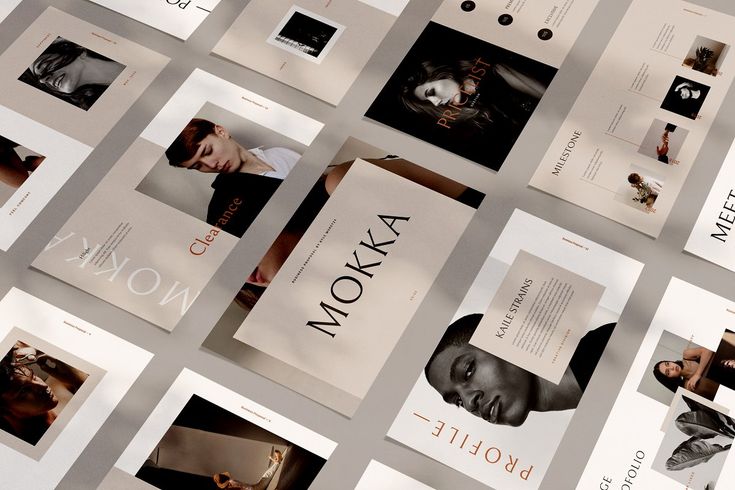Lookbooks are powerful marketing tools that allow brands to visually showcase their products, tell a compelling brand story, and connect with their target audience on a deeper level.
Whether you’re launching a new collection, promoting specific items, or simply building brand awareness, a well-crafted lookbook can be a game-changer. This guide will walk you through the process of creating lookbooks that captivate and convert.
1. Defining Your Lookbook’s Purpose and Target Audience:
Before diving into the creative process, it’s crucial to define the purpose of your lookbook. What are you trying to achieve? Are you introducing a new seasonal line? Highlighting key product features? Attracting a specific demographic? Clearly defining your objective will guide your creative decisions. Similarly, understanding your target audience is paramount. Who are you trying to reach? What are their aesthetic preferences? What kind of imagery resonates with them?
2. Conceptualizing Your Lookbook’s Theme and Aesthetic:
Your lookbook should have a cohesive theme and aesthetic that aligns with your brand identity. Consider your brand’s overall style, colour palette, and target audience when developing your visual direction. Will your lookbook have a minimalist, modern feel? A bohemian, free-spirited vibe? A classic, elegant look? Creating a mood board with inspiring images, colors, and textures can be a helpful tool in this process.
3. Planning Your Shoot: Location, Models, and Styling:
Careful planning is essential for a successful photoshoot. Consider the following:
* Location: Choose a location that complements your lookbook’s theme and showcases your products in the best light. Will you shoot in a studio, outdoors, or a combination of both?
* Models: Select models that represent your target audience and embody your brand’s image.
* Styling: Pay close attention to styling, including clothing, accessories, hair, and makeup. Ensure that the styling is consistent with your brand aesthetic and highlights your products effectively.
* Photography Team: Hire a skilled photographer with experience in fashion or product photography. Discuss your vision with them beforehand to ensure they understand your creative direction.
4. The Photoshoot: Capturing the Essence of Your Brand:
During the photoshoot, focus on capturing high-quality images that tell a story and showcase your products in an appealing way. Experiment with different angles, poses, and compositions. Consider incorporating lifestyle shots that show your products in context. Don’t be afraid to get creative and think outside the box.
5. Designing Your Lookbook: Layout, Typography, and Branding:
Once you have your photos, it’s time to design your lookbook. Choose a layout that is visually appealing and easy to navigate. Select fonts that are legible and consistent with your brand identity. Incorporate your brand logo and other branding elements to reinforce your brand identity. Consider using white space effectively to create a clean and uncluttered look.
6. Choosing Your Lookbook Format: Print vs. Digital:
Decide whether you want to create a print lookbook, a digital lookbook, or both. Print lookbooks can be a tangible and luxurious way to showcase your brand, while digital lookbooks are more accessible and shareable. Consider creating a digital version that can be easily shared on your website, social media, and email marketing campaigns.
7. Promoting Your Lookbook: Reaching Your Target Audience:
Once your lookbook is complete, it’s time to promote it to your target audience. Share it on your website, social media platforms, and email list. Consider reaching out to influencers and media outlets to generate buzz and increase visibility.
8. Analyzing and Refining: Continuous Improvement:
After your lookbook has been released, track its performance and gather feedback. Analyze which images and layouts resonated most with your audience. Use this information to refine your future lookbooks and make them even more effective.


